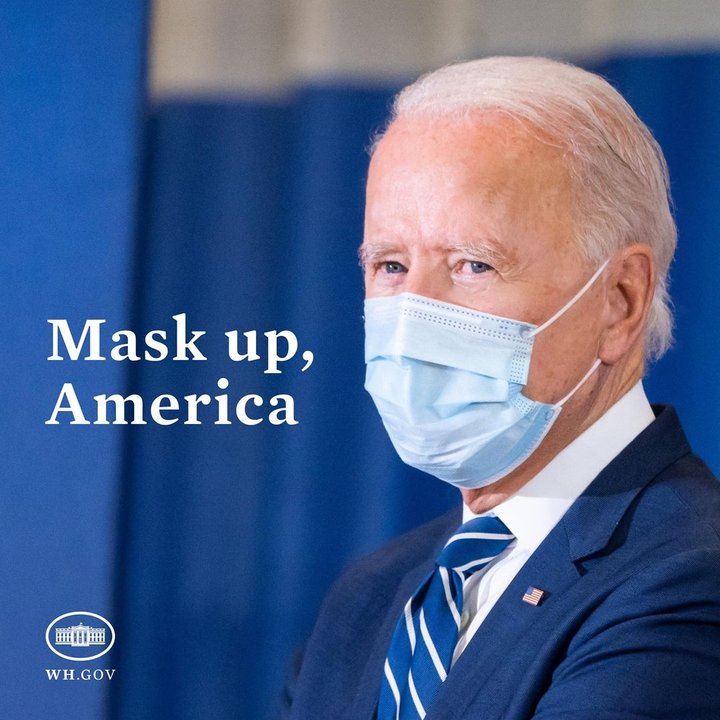“The evidence suggests that broad mask mandates have not done much to reduce Covid caseloads over the past two years.”
—David Leonhardt, NYT, 5/31/22
###
Masks are more than a pain the butt. They get in the way of speaking, of making ourselves understood, of listening without constantly asking the other party to repeat themselves, of fogging up glasses, of curtailing education, and all the rest. Not to mention that they’re uncomfortable, effectiveness being in tune with discomfort.
The bigger issue is that masks can lead to social isolation, along with the many downstream problems brought about when we feel we’re alone and friendless: mental health issues, overdoses, crime, high blood pressure, family disruption, etc. We’re gregarious creatures, and don’t do well when we’re out there on our own. So the question of the trade-off between avoiding Covid and suffering from the effects of isolation is more than an academic exercise. This is our lives we’re talking about, our one-shot, no-rehearsal, short and urgent lives.
So the real question is, Do masks actually work?
Truth be told, not very well, especially now, given the contagiousness of the Omicron variant. They certainly reduce the spread of the Covid virus, since most of the tiny (really tiny!) viral particles are carried in much larger droplets, and while masks can’t do much for the viruses themselves, they do a pretty good job of trapping the droplets, in the same way a tissue contains a sneeze. But just think of all the times you’ve taken your mask off (or, like nearly a third of Americans, wear it below the nose in a useless virtue-signaling compromise): to take a sip of a drink or bite of a burger; to make yourself understood when the cashier can’t hear you properly; when you’re already in the store by the time you remember to put it on…
I trust NYT columnist David Leonhardt. He’s a realist. In a recent column, he pragmatically likened the super-contagious, game-changing, Omicron variant to tossing a dice every time you walk into an enclosed space. Contracting Covid while wearing a mask is like throwing a one-spot; without a mask is like getting either a one or a two spot. The odds are exaggerated, of course, but you get the idea. Either way, you’ll eventually get Covid. A mask reduces your chances, but doesn’t eliminate them. Case in point: Hong Kong just went through a huge Covid outbreak, despite virtually universal mask-wearing.
“The available data suggests that more than half of Americans have had Covid in the past six months,” according to Leonhardt. If that’s true — you can check his sources here — then most of us are unlikely to contract it again. [Ed. note — You sure about that, Barry?] If masks are of limited use when it comes to prevention, what does work?
Unless you’ve been living in a cave, or only watch Fox, you already know the answer: vaccination. And you already know the weird public health divide between red and blue states. Even in individual states, the numbers are damning. In Georgia and Texas, for instance, “Trump” counties (more than 60% of the vote share) reported 60 COVID deaths per 100,000 versus 40 per 100,000 for “Biden” counties. In Washington State, it was 50/27 Trump/Biden. (Citation here.)
Is than an N95??? (Public domain)
So masks aren’t as effective as we (well, I) might have thought, pre-Omicron. If you wear a good one (N95) consistently when you’re inside with other people, you’re somewhat less likely to get COVID. But if you really want to help your chances of avoiding hospitalization and worse, get the damn vaccine + booster shots. The life you save may be your own.
(PS, do I need to say this again? I’m not a doctor. Grain of salt, please.)

CLICK TO MANAGE